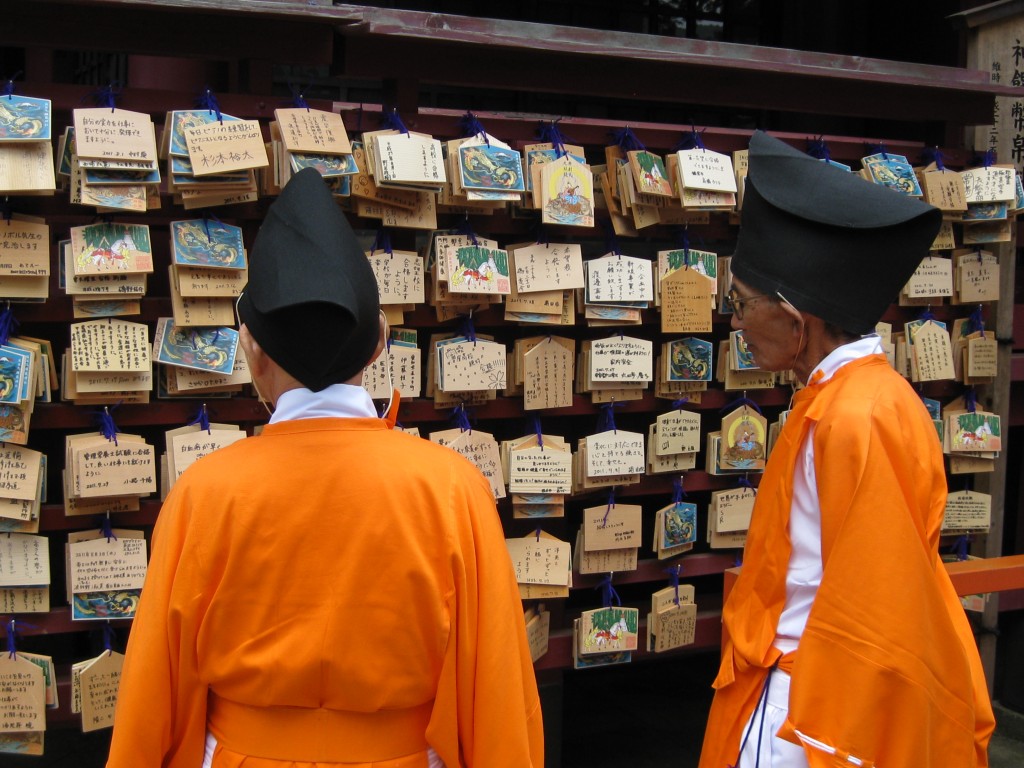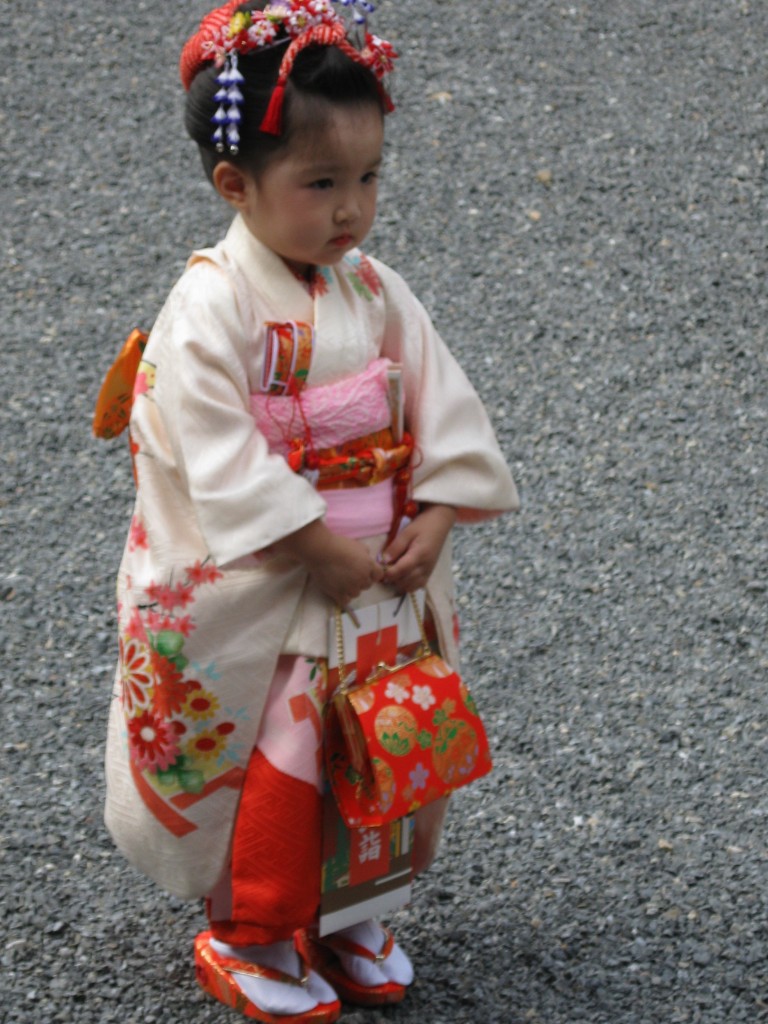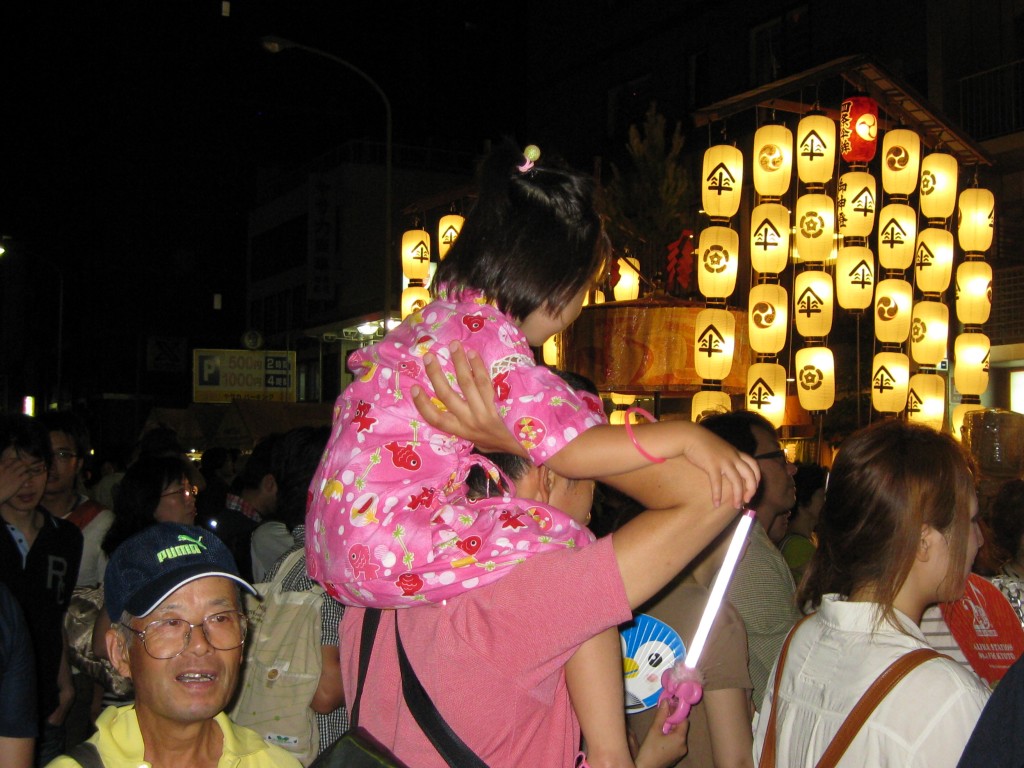
You don't necessarily need to 'believe' in Shinto to follow its practices
How many Shinto believers are there?
It’s a tricky question because in a religion with no conversion, how does one measure numbers? By the number of people who visit shrines; the number who say they believe; the number who follow Shinto practices? There are those too who claim that every single Japanese is Shinto by birth.
There are several sites which provide statistics about religion, but one of the best is surely adherents.com simply because it provides a lengthy rationale and justification of how the statistics are compiled.
The website provides the following ranking of world religions, which is intriguing for specifying 4 million Shintoists. This is presumably based on self-identification, for in polls of ordinary Japanese only 5% said they ‘believed’ in Shinto. This is in stark contrast to official figures provided by Japanese authorities, who like to boast of some 85 million followers.
1) Christianity: 2.1 billion
2) Islam: 1.5 billion
3) Secular/Nonreligious/Agnostic/Atheist: 1.1 billion
4) Hinduism: 900 million
5) Chinese traditional religion: 394 million
6) Buddhism: 376 million
7) primal-indigenous: 300 million
8) African Traditional & Diasporic: 100 million
9) Sikhism: 23 million
10) Juche: 19 million
11) Spiritism: 15 million
12) Judaism: 14 million
13) Baha’i: 7 million
14) Jainism: 4.2 million
15) Shinto: 4 million
16) Cao Dai: 4 million
17) Zoroastrianism: 2.6 million
18) Tenrikyo: 2 million
19) Neo-Paganism: 1 million
20) Unitarian-Universalism: 800,000
21) Rastafarianism: 600,000
22) Scientology: 500,000

Does participating in a rite of passage make you a Shinto believer?
For many Westerners, the most puzzling aspect of religion in Japan is that while many Japanese will tell you very plainly that they don’t believe in anything, they exhibit what looks like religious behaviour by praying at shrines and temples, buying amulets, going on pilgrimages, and participating in rites or religious festivals. The large-scale participation is at odds with the figures on atheism/agnosticism, in polls of which Japanese score among the highest in the world.
Country Total country population (2004) % Atheist/ Agnostic/Nonbeliever in God
Leading countries
Sweden 8,986,000 46 – 85% 4,133,560 – 7,638,100
Vietnam 82,690,000 81% 66,978,900
Denmark 5,413,000 43 – 80% 2,327,590 – 4,330,400
Norway 4,575,000 31 – 72% 1,418,250 – 3,294,000
Japan 127,333,000 64 – 65% 81,493,120
Another interesting list is that of diversity within the religions. One might expect Shinto to be classified as highly diverse, since there is no dogma and doctrine. Surprisingly, however, in the list below it is ranked as more unified than Christianity…
Classical World Religions Ranked by Internal Religious Similarity: Most Unified to Most Diverse
1 Baha’i
2 Zoroastrianism
3 Sikhism
4 Islam
5 Jainism
6 Judaism
7 Taoism
8 Shinto
9 Christianity
10 Buddhism
11 Hinduism
Adherents.com adds the following comments….
No “value judgement” is implied by this list. There are adjectives with both positive and negative connotations which describe both ends of this spectrum. From an academic, comparative religions viewpoint, there is no basis for “prescribing” whether it is better for a religion to be highly unified, cohesive, monolithic, and lacking in internal religious diversity, or whether it is better to be fragmented, schismatic, diverse, multifaceted and abounding in variations on the same theme.
In a practical sense, most people actually practice only one form of whatever religion they belong to. Buddhism, for example, if viewed as a whole, can be understood to have a large amount of internal variation, including the Theravada and Mahayana branches, all of their sub-schools, various revivalist sects, as well as Tibetan and modern Western forms. But most actual Buddhists are not actually involved in all of these; rather they practice one, internally cohesive, fairly unified form, such as the Geluk order of Tibetan Buddhism, or Japanese Amida-Buddha worship.

Some 25% of Japanese participate in festivals, and while they may not 'believe' in Shinto, it fosters their sense of being Japanese. If Shinto is considered 'a religion of Japaneseness', then this would make the participants followers of the religion.

Judaism is also very diverse…from haredim-ultraorthodox(with multiple sects) to modern orthodox, conservative, reform, liberal, reconstruccionist, humanistic (not theistic) ….and we see ethnic diversity…ashkenazis,sefardis…
Even there are jews who identify as jews but are atheists…so here it is a similarity with shinto. Religions that separate belief and practise have multiple combinations…at the end we have the Golden Rule and the rest are additions, some pretty some not. Regards!
Thank you for that. Judaism is often compared to Shinto for being a ‘particularist’ religion concerned with a chosen people and particular piece of land. Your thoughts bring up some other connections between the two…